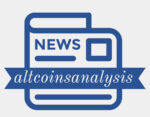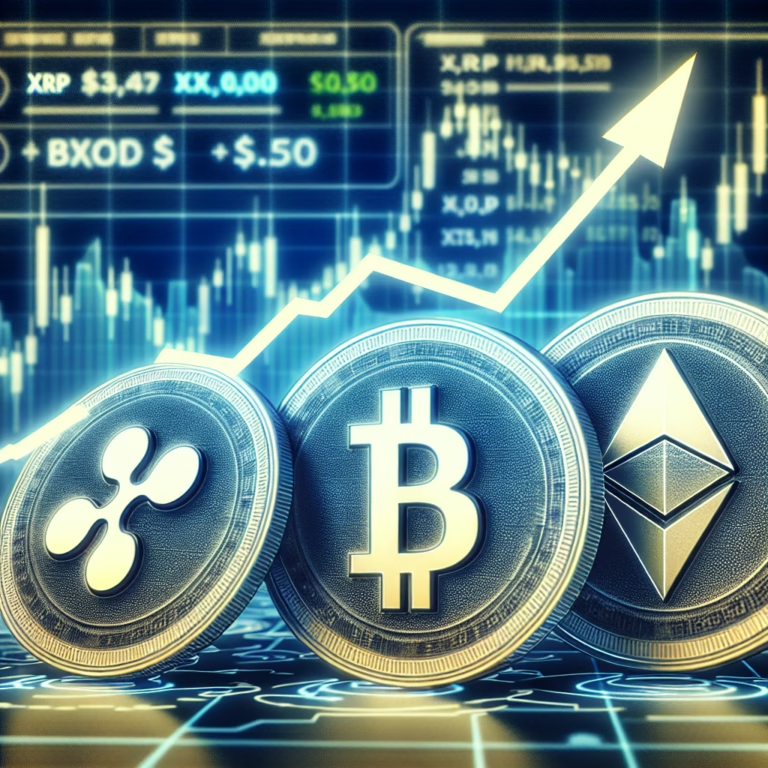
The Internet of Things (IoT) is rapidly expanding, connecting billions of devices and generating massive amounts of data. To facilitate seamless interactions between these devices, a robust and efficient technology is essential. In a recent study published in the Turkish Academic Research Review, researchers from Bahçeşehir University and Siirt University compared blockchain and Tangle technologies within the IoT context. The findings were clear: Tangle emerged as the superior choice.
Tangle, the underlying technology of IOTA, offers several advantages over traditional blockchain solutions. It is significantly faster, more scalable, and more cost-effective. Unlike blockchain, which requires mining to validate transactions, Tangle uses a directed acyclic graph (DAG) structure that eliminates the need for miners and transaction fees. This makes it particularly suitable for microtransactions and IoT applications where low costs and fast transaction speeds are crucial.
Read more:IOTA’s DAG Technology: A Catalyst for Decentralized AI!
As the number of transactions on a Tangle network increases, the network actually becomes faster, a stark contrast to blockchain, which slows down with increased activity. This scalability makes Tangle ideal for IoT environments where real-time data processing and rapid responses are essential.
IOTA, the leading Tangle-based platform, has been at the forefront of this technological revolution. Its architecture, combined with zero transaction fees, makes it a compelling solution for industries such as automotive, energy, and healthcare. These sectors require numerous fast, low-cost transactions to support their operations, and IOTA’s Tangle technology is well-suited to meet these demands.
Read more:Why Fireblocks’ IOTA Integration Could Spark a $16 Trillion Tokenization Revolution!
While blockchain remains a valuable technology in areas that require high security and traceability, such as finance and banking, its limitations in terms of speed and cost make it less suitable for IoT applications. Tangle, on the other hand, offers a more sustainable and efficient solution, with no miners or fees and a scalable architecture.
The IOTA ecosystem is rapidly expanding, driving automation and connectivity in the IoT. Tangle’s ability to handle large volumes of transactions without costly intermediaries positions it as a key technology for the future of IoT. As the IoT continues to evolve, Tangle is poised to play a central role in shaping its development.
Read more:IOTA EVM Integration: A Game-Changer for Digital Assets!






